Highlights:
- Raj almost wasn’t Indian, Tom Cruise was the idea.
- The title? Kirron Kher just threw it out there.
- Pigeon scene: Totally SRK winging it. Kajol freaked a little.
- Mehendi Laga Ke Rakhna got added last minute. Can you imagine?
- Maratha Mandir. Playing. Every day. Since 1995. Fans love it.
You might think you’ve seen it all in DDLJ. Raj, Simran, the songs, yes, we all know them. But there’s a lot behind the camera that most people have no clue about. Some of it was luck. Some of it Shah Rukh Khan just winging it. And some… well, Aditya Chopra being a little crazy. Here’s the stuff nobody really tells you.
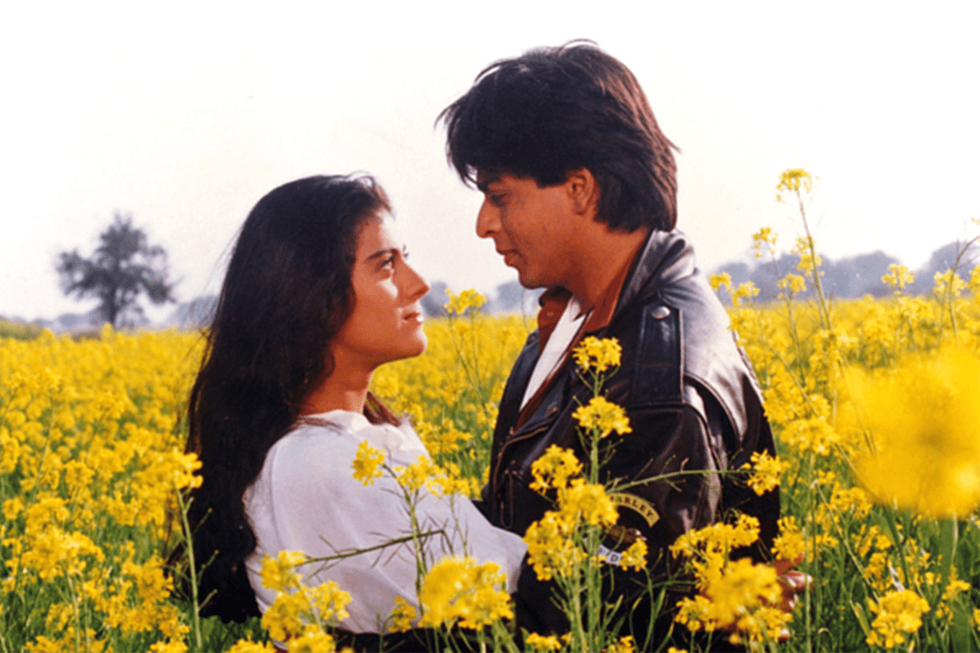
1. Raj almost had a totally different face
Aditya Chopra literally imagined an American guy and an Indian girl and had Tom Cruise in mind. But then his dad, Yash Chopra, stepped in and said, “Nope, Indian boy.” And then the story completely changed. Suddenly, it wasn’t Hollywood, but NRIs, family, love, and all the cultural stuff that actually hits you in the gut.
2. Kirron Kher named the film
That long, unforgettable title? Shah Rukh Khan thought it was clunky. But the rookie director, Aditya, heard it from Kirron Kher and went with his gut. And yes, she got a credit in the opening titles.
3. Script written in a month
Three years of thinking, then all of a sudden, the final script was done in three or four weeks. Can you imagine? The blueprint for the biggest romantic film of the ’90s, completed in less than a month.
4. Accidental magic
That pigeon-feeding scene with Amrish Puri? Totally improvised by Shah Rukh. Even Kajol’s shocked face in Ruk Ja O Dil Deewane was not planned. Aditya kept it a secret to get a real reaction. And it worked big time. Fans don’t even know half the story behind that moment.
5. Director hiding in a car
During the Zurich car ride, Aditya wasn’t just lurking behind the camera. No. He was lying flat in the back of the red convertible, flat out of frame, watching every move. Can you imagine lying like that for hours? Wild.
6. Raj’s leather jacket wasn’t a costume
Raj’s iconic leather jacket? The one every guy copied? Uday Chopra just bought it from a Harley shop in California and cost 400 bucks. Not a big fancy wardrobe magic, it was just a cool jacket he found.
7. Mehendi Laga Ke Rakhna almost didn’t happen
That wedding song everyone hums? Almost didn’t exist. It got added at the very last second, borrowed from another Yash Raj project. Imagine weddings without it!
8. Kajol’s towel moment
Kajol wasn’t a fan of that towel scene. She seriously didn’t want to shoot it, but the director insisted. And that white skirt in the song? The director said it looked frumpy. Manish Malhotra, the designer, had to take scissors and cut it shorter on the spot.
9. Shah Rukh’s prophecy
After reading the script, Shah Rukh told Yash Chopra: “This will define my stardom.” And he nailed it. Spot on.
10. The first “making of” documentary
Before YouTube, before making-of reels, they aired a half-hour documentary on Doordarshan.
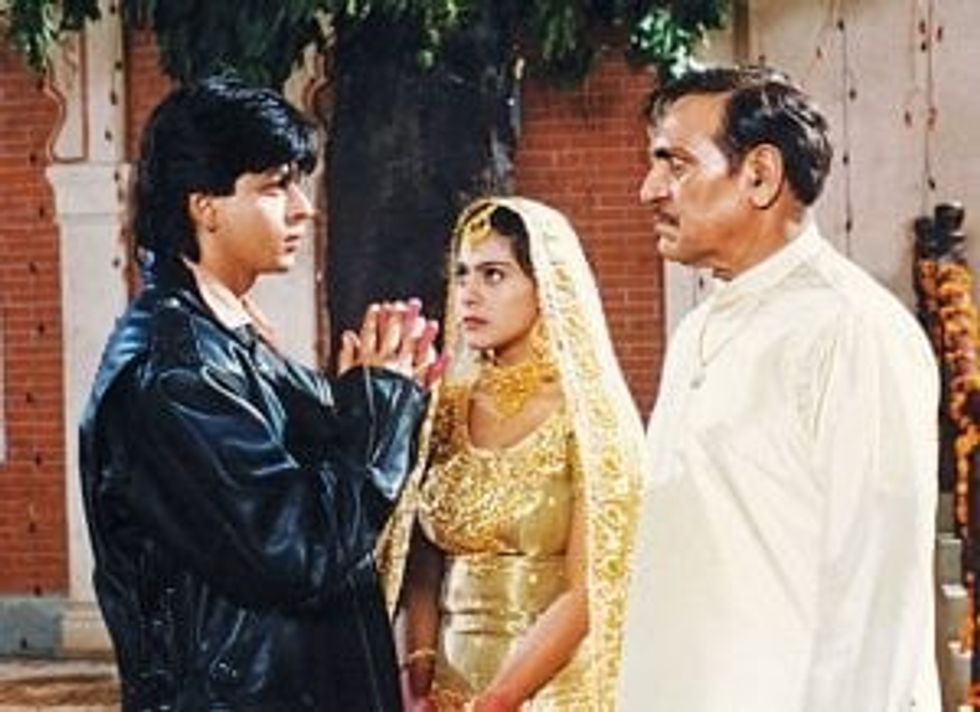
24*7- for 365 days
And then there's Maratha Mandir. This old theater in Mumbai. It's still showing the film. Every. Single. Day. For 30 years. Tickets are 50 rupees. Fans go to watch it like a ritual, some book the gallery for birthdays or anniversaries. People even fly in from abroad. Iconic, right?
From film to stage
30 years later, Raj and Simran are on stage in Come Fall in Love – The DDLJ Musical in Manchester. 18 original English songs. Same story. Same magic. New audience. And people are loving it.
The magic of DDLJ
DDLJ wasn’t perfect. It was messy, spontaneous, lucky, stubborn. Every mistake became iconic. Every improvisation stuck. That’s DDLJ.
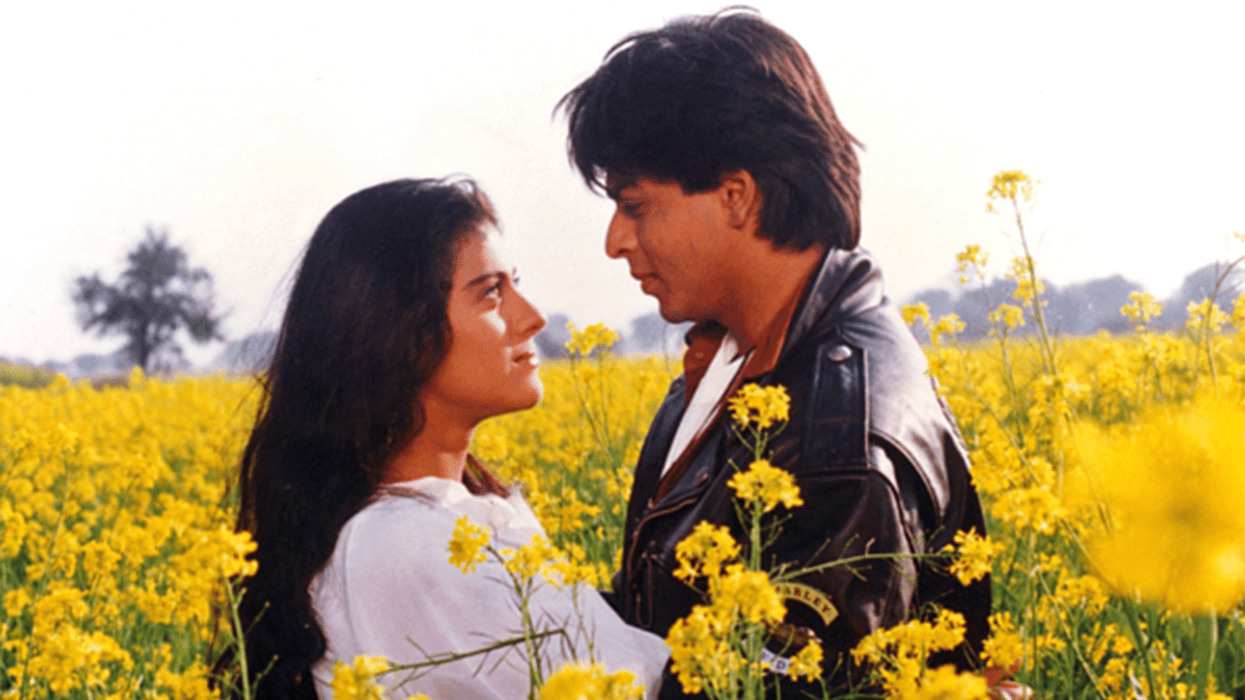

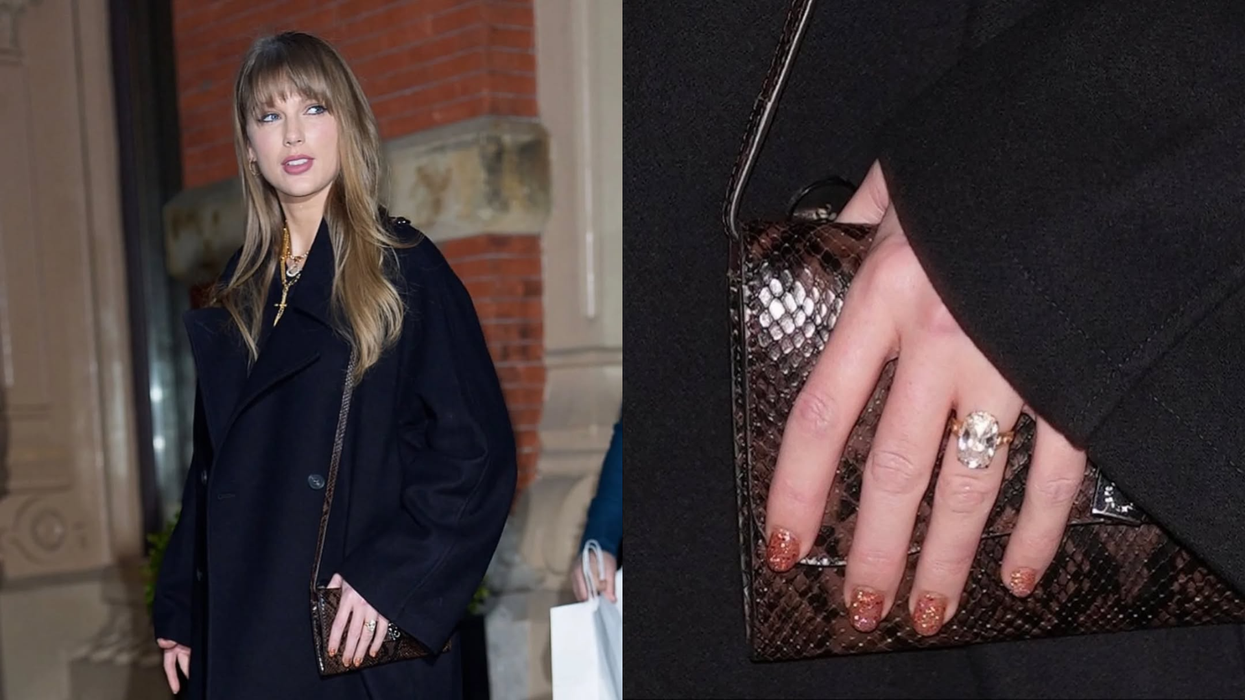
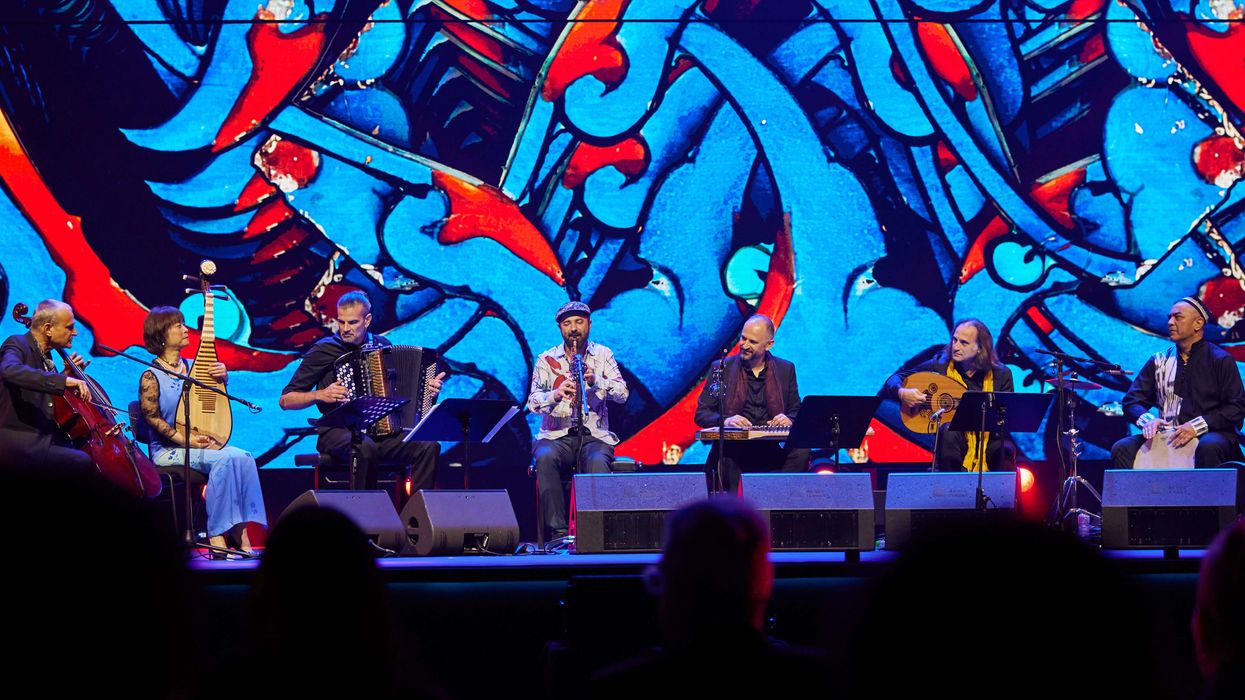
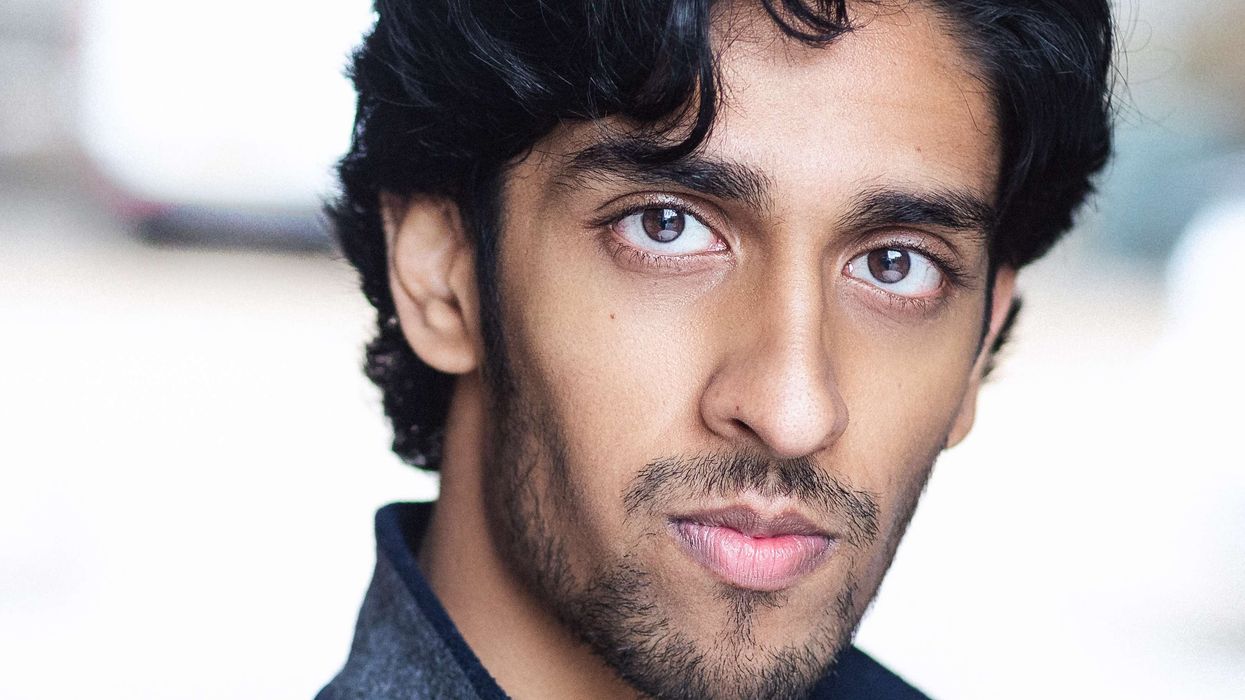

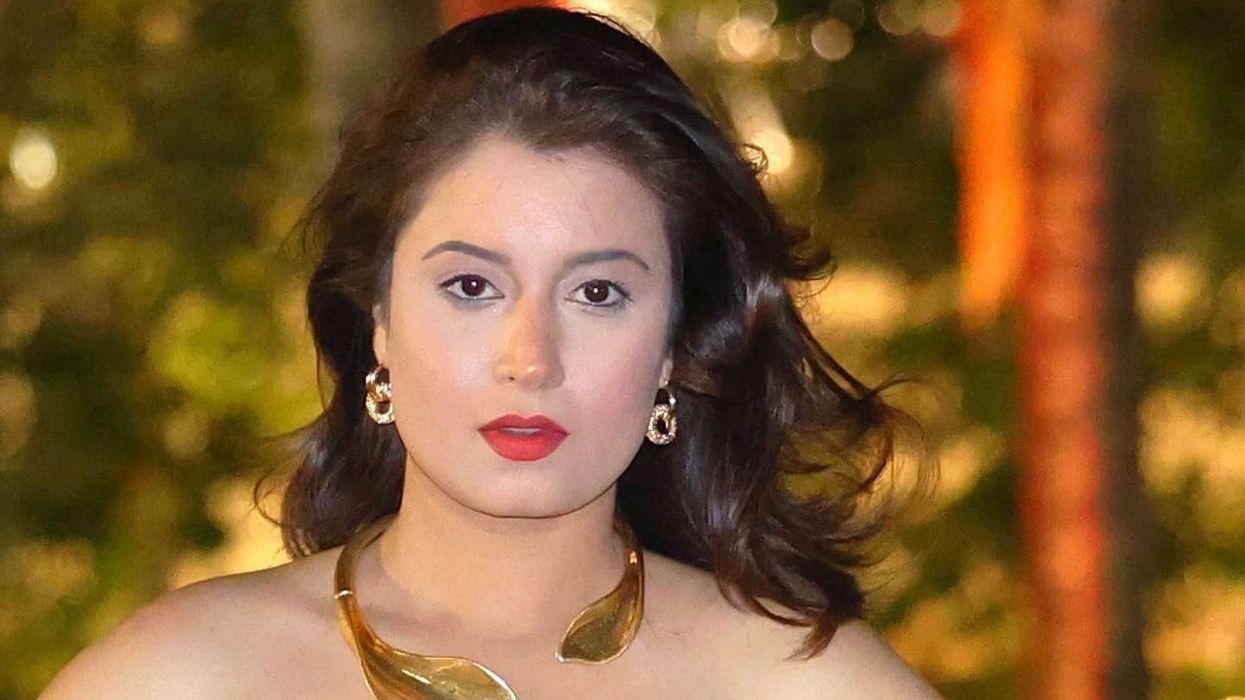
 Keshavi Jaharia reveals the 10 films that shaped her creative journey
Keshavi Jaharia reveals the 10 films that shaped her creative journey 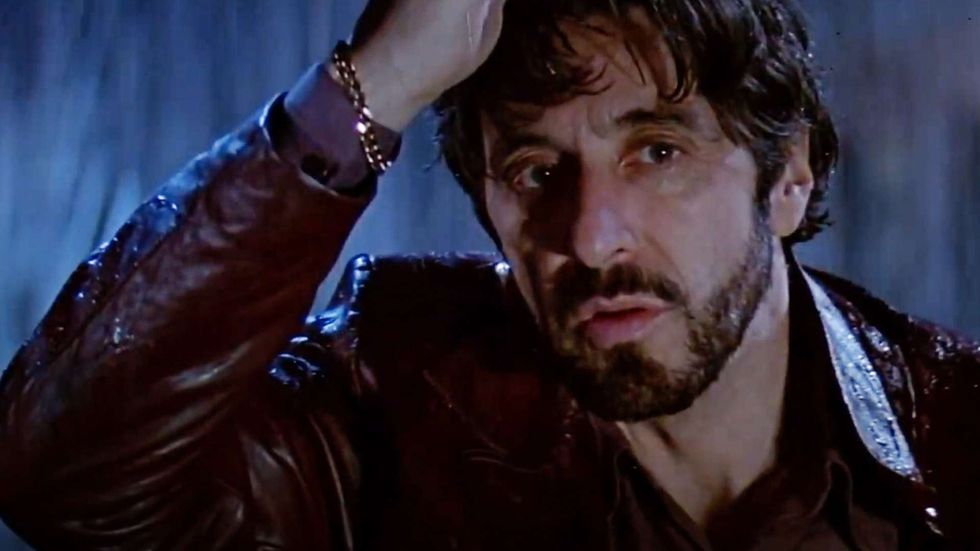 Carlitos Way
Carlitos Way 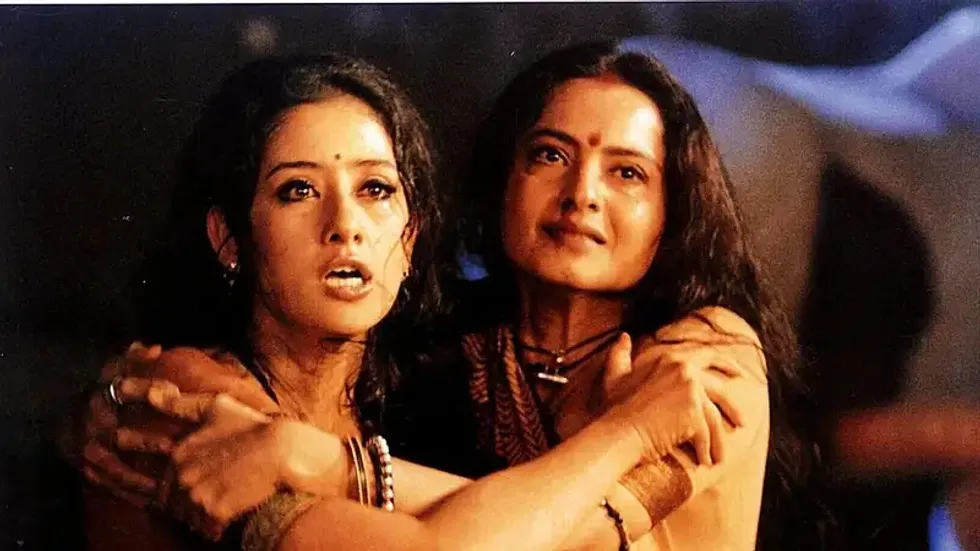 Lajja
Lajja 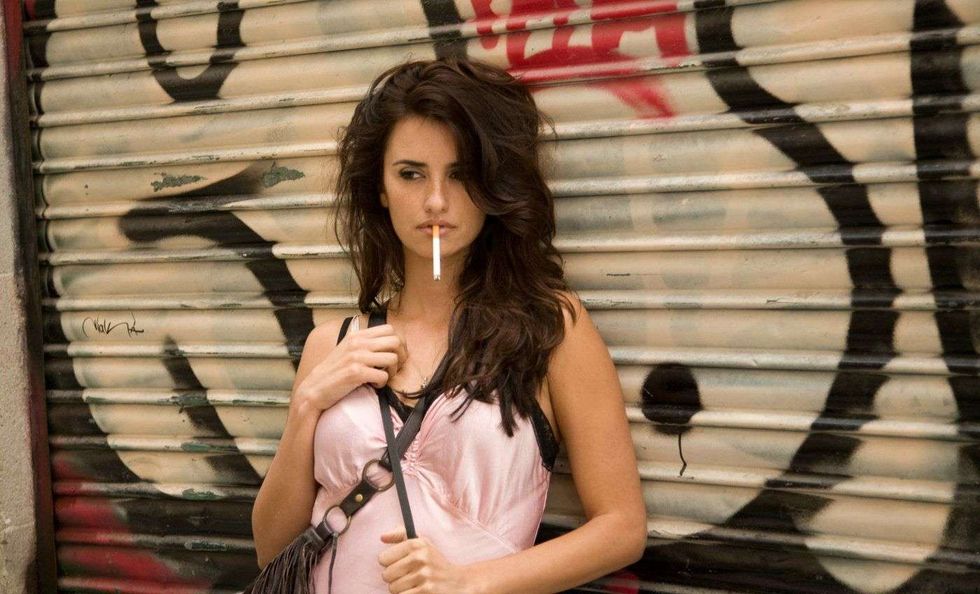 Vicky Cristina Barcelona
Vicky Cristina Barcelona Home Alone
Home Alone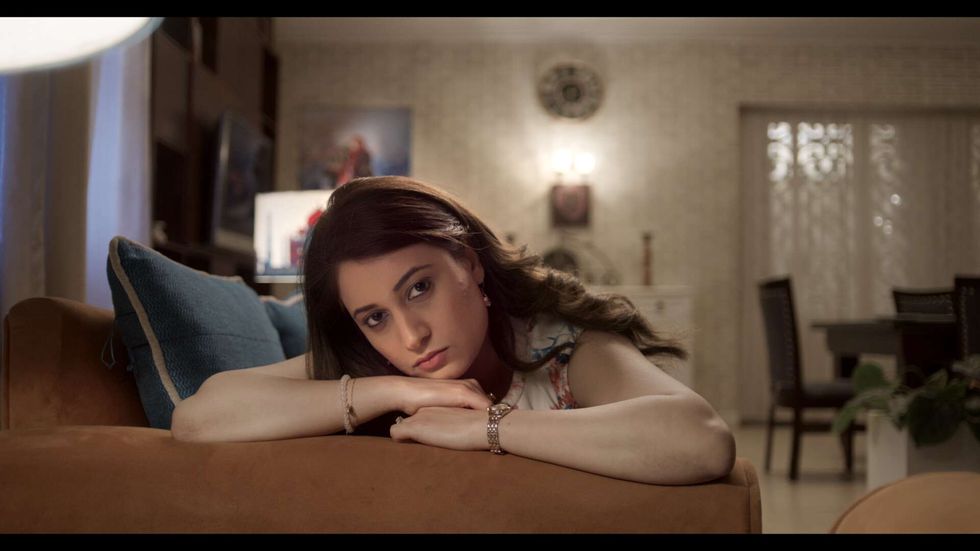 Cybershot
Cybershot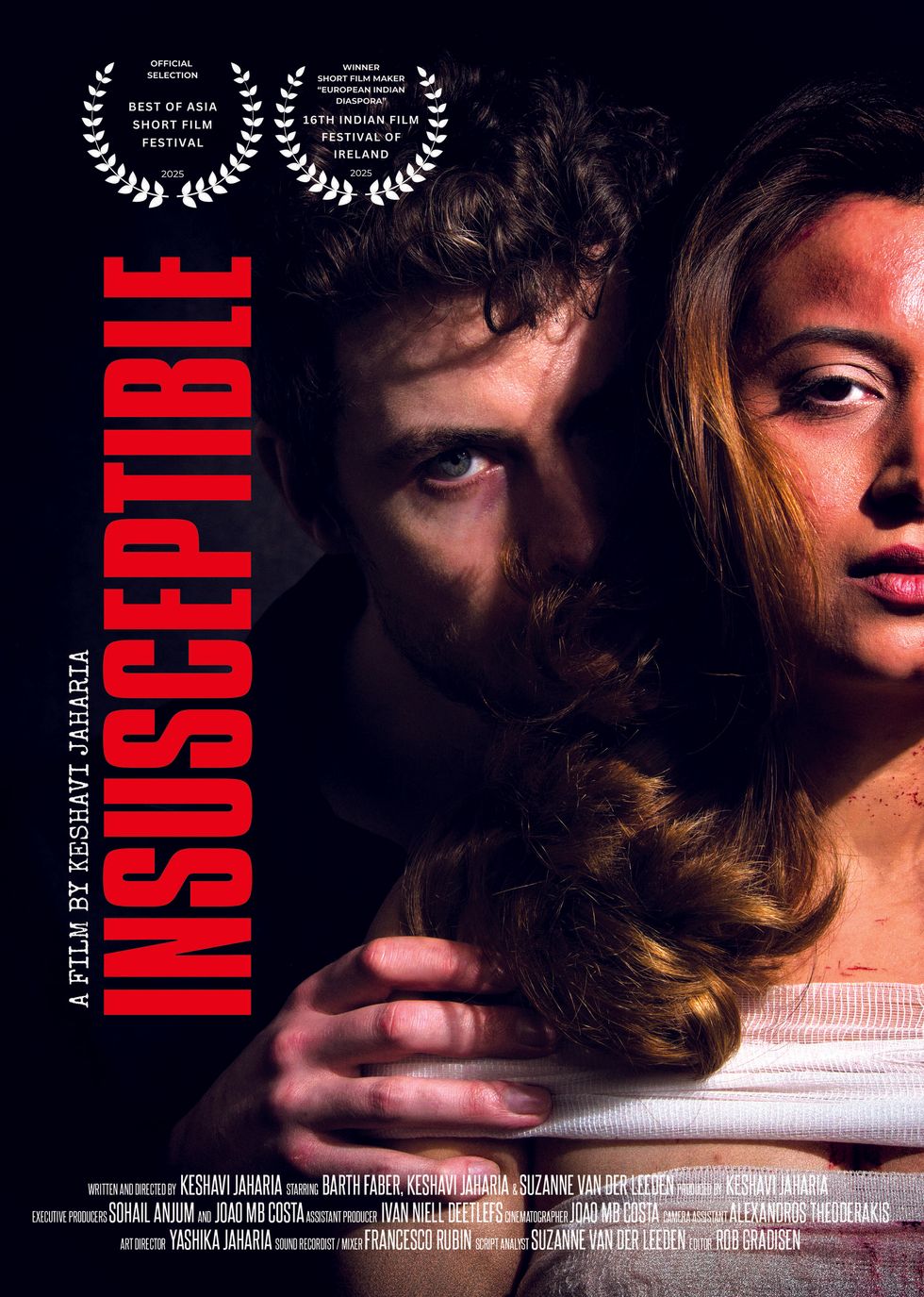 Insusceptible
Insusceptible






